When Sudan gained independence from joint British-Egyptian rule in 1956, the nation introduced the first Sudan Flag. Although the design changed in 1970, the Sudanese flag remains a powerful symbol of the country’s hard-won freedom and intricate identity.
Over the years, the flag has embodied both unity and division within Sudan, reflecting the nation’s navigation through periods of conflict, economic hardship, and regional tensions. It continues to serve as a testament to Sudan’s resilience and enduring sense of national pride.
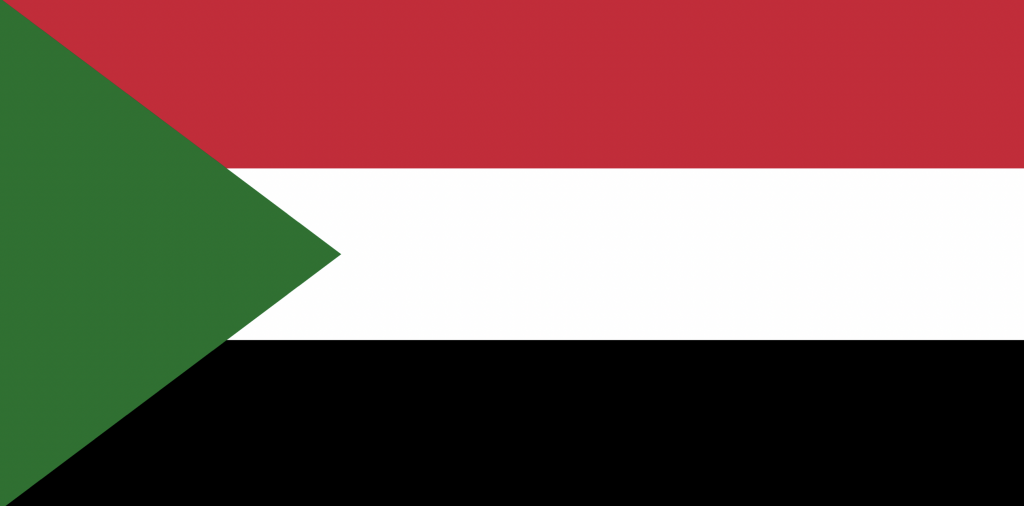
The current Sudanese flag, with its colours and symbols, was intended to reflect both the nation’s Arab and African heritage. Its red, white, black, and green colours are symbols of sacrifice, peace, the Sudanese people, as well as agricultural richness.
Here, we explore the history behind Sudan’s flag, what banners represented the nation prior to and immediately after independence, as well as the meaning embedded in its design.
Table of Contents
Flags Used in Sudan Before Independence
The first flags that flew over what is now Sudan was that of Turco-Egyptian Sudan. With what is now Egypt under autonomous Ottoman Rule, the central Ottoman government set about conquering much of Sudan between 1820 and 1824. During this time, the capital of Khartoum was captured, and the standard flag of the Ottoman Empire was flown across the region.
This flag was changed in 1867, alongside the flag of Ottoman Egypt. Authorities in Istanbul gave permission for the autonomous entities to fly, within reason, their own flags. This was very similar to the standard Ottoman flag, except featuring three starts instead of one.
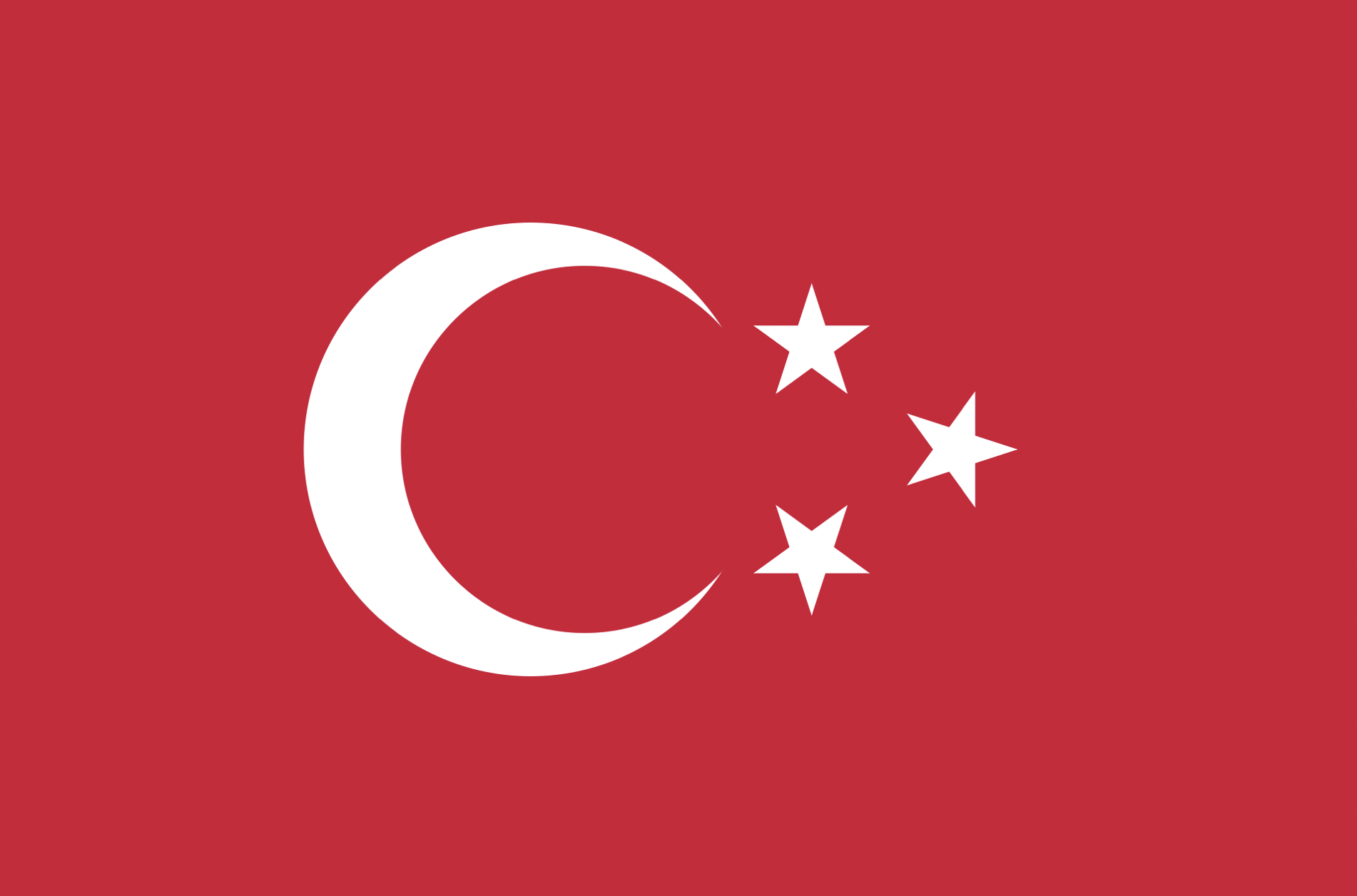
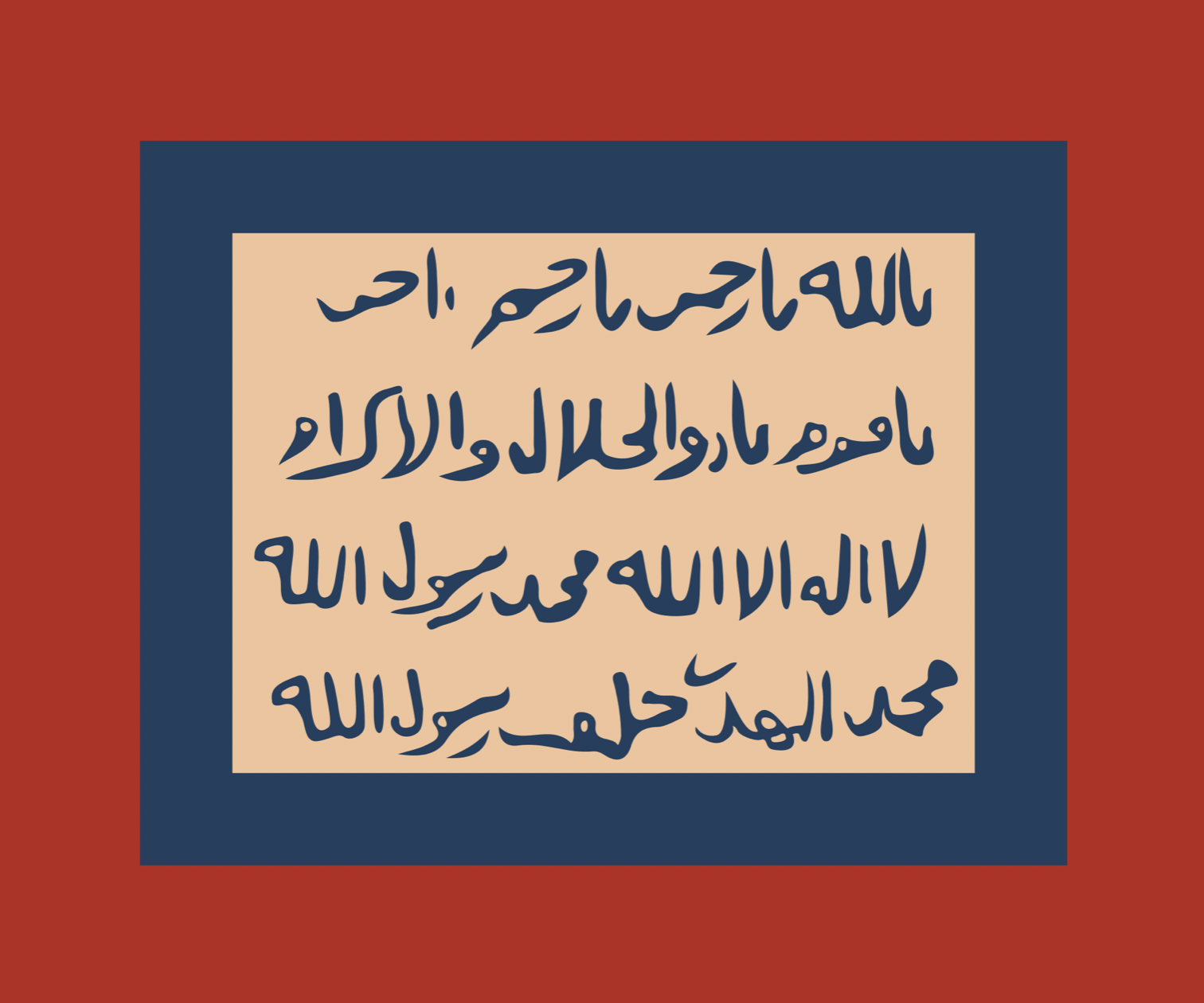
There are two interpretations of the meaning of the three stars. One suggests they symbolize the three major regions under Egyptian governance — Egypt, Nubia, and Sudan. The other proposes that they represent the three major religions in the region: Islam, Judaism, and Christianity.
By 1881, Ottoman control over Sudan was weakening, and the Mahdist War broke out. Being formed of religious fundamentalists, the Mahdist forces conquered Khartoum in 1885 and would go on to control much of modern Sudan for the next fourteen years.
While lacking a uniform design, and not widely flown, most Mahdist flags featured four lines of Arabic text. These expressed devotion to God, Muhammad, and the Mahdi ruler. The flags typically featured the writings on a white background, with coloured borders of blue and red to emphasize the text. The black standard, allegedly used by the Prophet Muhammad himself, was also used as a flag.
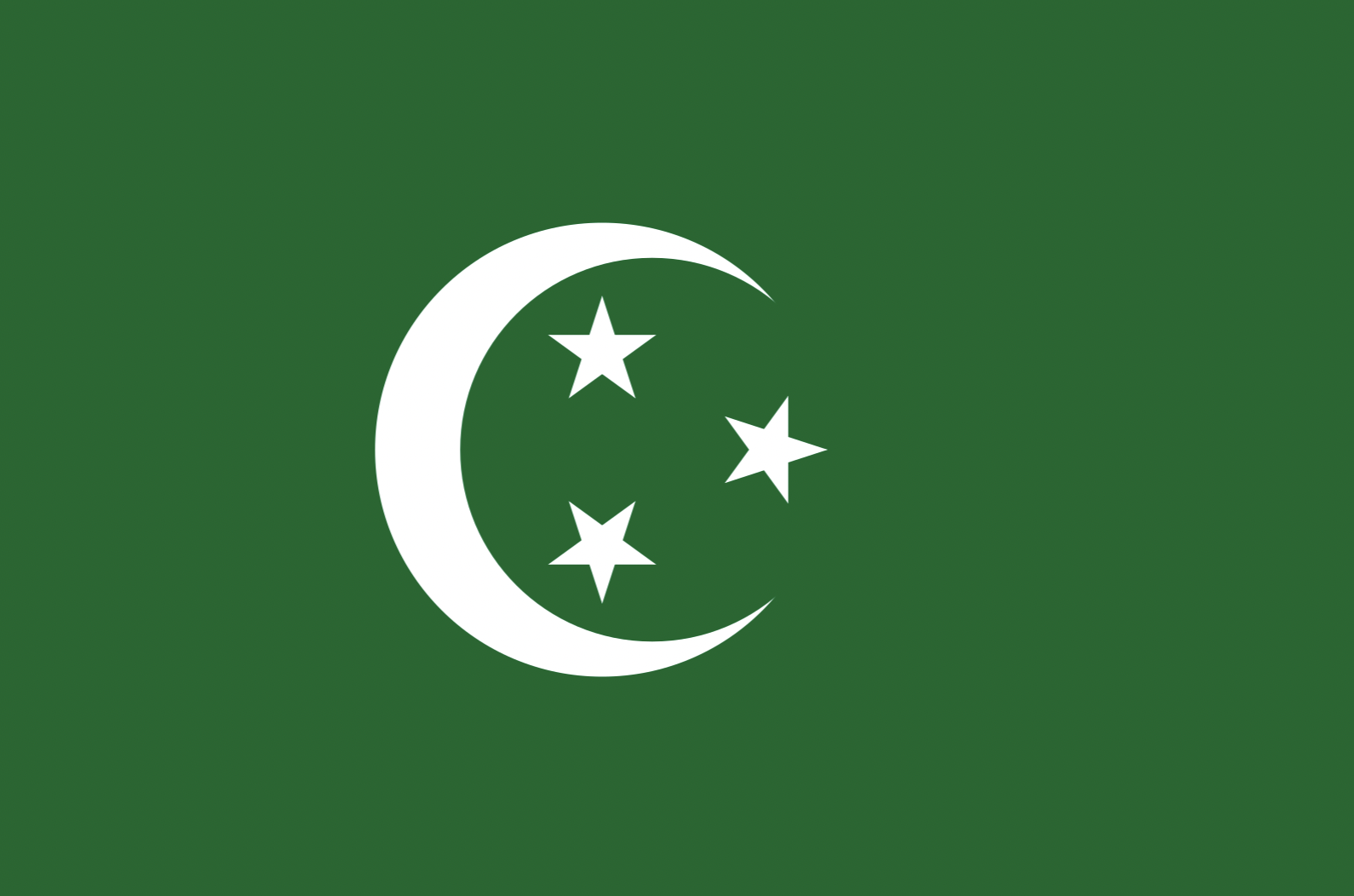
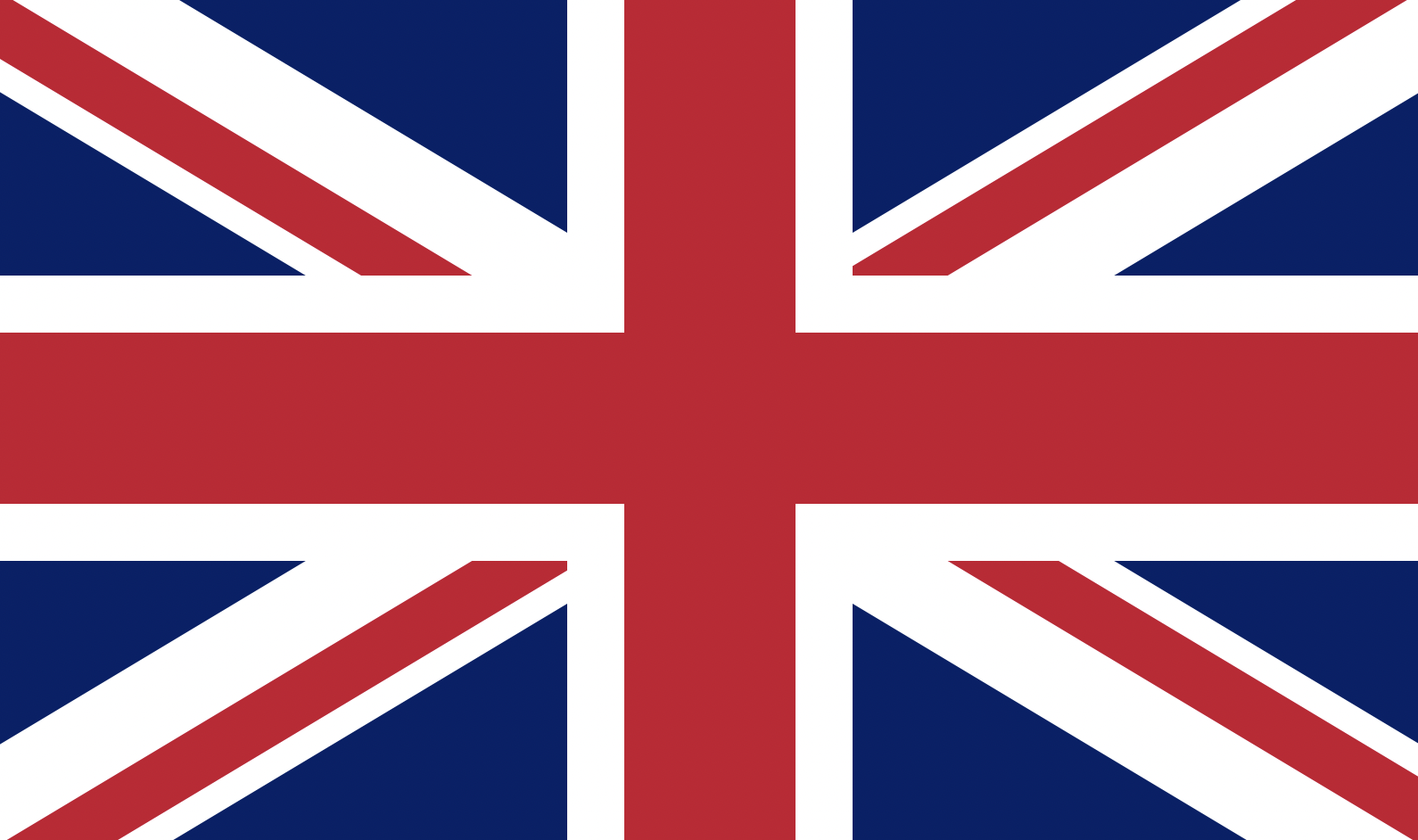
With British control established over Egypt and the Mahdist forces unable to effectively govern Sudan, Khartoum fell in 1898. Soon afterward, Anglo-Egyptian Sudan was created, an arrangement that persisted until Sudan’s independence in 1956. During this period, Sudan flew both the British and Egyptian flags.
The First Sudan Flag
At independence, Sudan’s biggest challenge was uniting a vast and ethnically diverse population. The Christian, Sub-Saharan South resented being governed from Khartoum, where the population was predominantly Muslim and ethnically Arab.
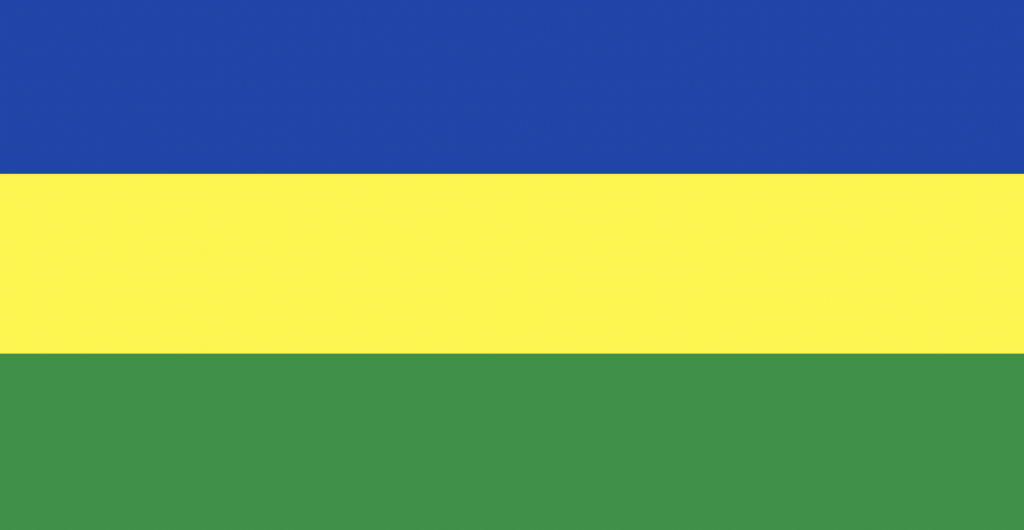
Sudan’s first flag attempted to bridge this divide by adopting a blue-yellow-green flag. This symbolized the Nile River, desert, and farmlands, all of which are neutral symbols that both Northerners and Southerners could relate to.
The Pan-Arab Flag of Sudan
Sudan’s current flag was adopted after a 1969 military coup, using red, white, black, and green to represent its ties to Arab identity, resilience, and agriculture. The green colour was also explicitly linked to Islam, rather than farming.
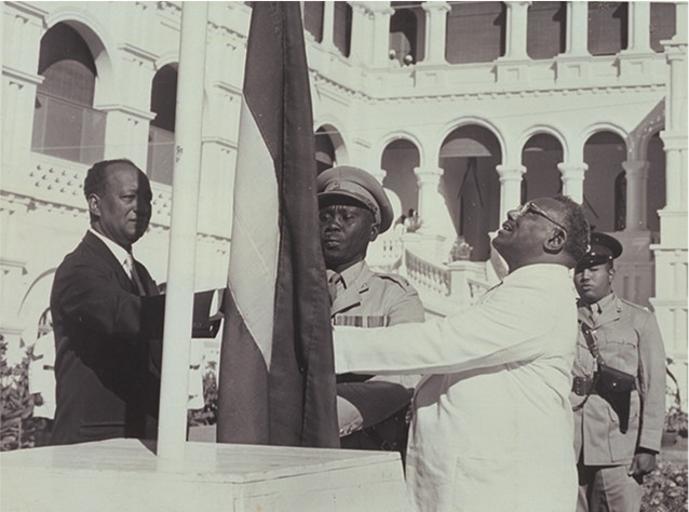
Given that many of the instigators of the coup had links to Arab nationalism or conservative Islamic groups, the changing of the flag to incorporate a pan-Arab colour scheme was not surprising.
However, this further exacerbated many of the tensions between Sudan’s ethnic groups, culminating in the Second Sudanese Civil War from 1983 to 2005. This would eventually lead to the independence of South Sudan, whose flag and history you can read about here.
The Symbolism of Sudan’s Flag
The flag of Sudan is comprised of three horizontal stripes in red, white, and black. A green triangle is then placed on the left side. Each colour has a specific meaning tied to Sudan’s history, culture, and values:
- Red: This represents the struggle and sacrifices of the Sudanese people, especially in the fight for independence. It symbolizes the blood shed by those who fought for freedom and progress.
- White: The white stripe stands for peace, optimism, and the aspiration for a brighter future. This is also why it is in the middle of the flag, as it is a central ideal for Sudan.
- Black: This colour is for the Sudanese people, as Sudan means “land of the blacks” in Arabic. It is a symbol of national identity and pride in Sudan’s African heritage.
- Green Triangle: This is the colour of Islam, which is the predominant religion in Sudan. It also symbolizes prosperity, agriculture, and the rich natural resources of the country.
Together, these colours are known as the Pan-Arab colours. Although most Sudanese identify as Arab, and Arabic is the official language, some ethnic minorities feel excluded by the flag’s design. Sudan’s flag is nearly identical to the Palestinian flag, differing only in the order of the colours.
How can I Experience Sudan for Myself?
Regretfully, after many years of political instability, Sudan has been engulfed in a full-scale civil war since 2023. While we pride ourselves in Taking You to Places Your Mother Would Rather You Stay Away From, any travel to Sudan is impossible as of now. Our thoughts and sympathies remain with the Sudanese people.

Before the war, we took dozens of groups into this historic yet mysterious country. Our Sudan tours provide access to the vibrant life of Khartoum, historic sites like Nubian temples, and a glimpse into the daily lives of Sudanese communities.
Should you wish to explore Sudan once it is safe enough to do so, then please click here and ask to be added to our mailing list. We look forward to resuming both private and group tours when the time comes!





